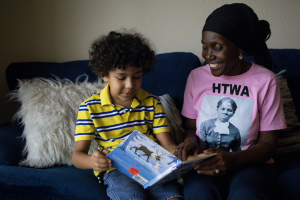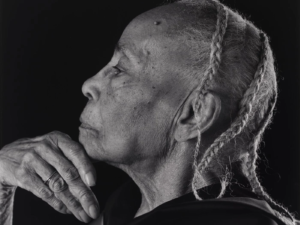Overall, Black people were more than four times as likely and Latinos were 40 percent more likely to be stopped than White people.
The editorial board operates independently from the U-T newsroom but holds itself to similar ethical standards. We base our editorials and endorsements on reporting, interviews and rigorous debate, and strive for accuracy, fairness and civility in our section. Disagree? Let us know.
The uneasy — or worse — relationship between the police and many communities with large percentages of people of color is driven by the perception that officers treat them differently than mostly White communities. This was confirmed to some degree by an investigation of the San Diego Police Department by The San Diego Union-Tribune published in January 2022 that analyzed crime reports and officer stops from January 2019 through June 2021. Disparities were sometimes small — but sometimes glaring. The most obvious example was the contrast between La Jolla and San Ysidro. The communities had about the same number of crime reports over that time span, but police stops were more than twice as common in San Ysidro.
Now William Rhatigan, former advocacy director for the San Diego County Bicycle Coalition, has come forward with a statistical analysis of 11,300-plus SDPD stops of pedestrians and bicyclists from July 2018 to December 2021 that provides even starker evidence of disparities. Overall, Black people were more than four times as likely and Latinos were 40 percent more likely to be stopped than White people. Responding to emailed questions from an editorial writer, Rhatigan put the problem in succinct context: “Black people were stopped disproportionately more often than White people relative to their share of the local population in 52 out of 53 police beats where at least 50 bicyclists and pedestrians were stopped during the study period.” The police did not respond to a request for comment on the KPBS story that first detailed Rhatigan’s findings.
In low-income communities with higher percentages of residents of color, it’s possible one defense of the department is that pedestrian and bicycle stops could be more likely if those neighborhoods had poorly maintained crosswalks and worse roads. But a) that would still be a problem that showcases structural inequities and b) when the stops are disproportionate almost everywhere, that explanation doesn’t work. Plainly, police have much work to do to win the trust of a large number of San Diegans.




